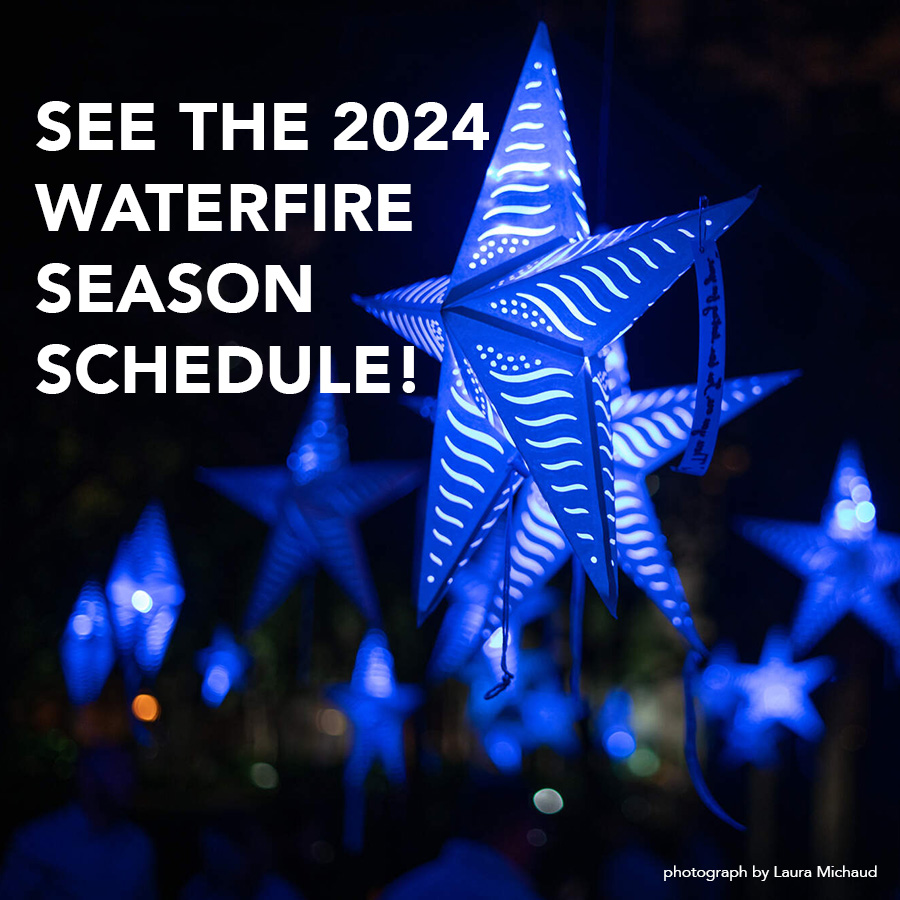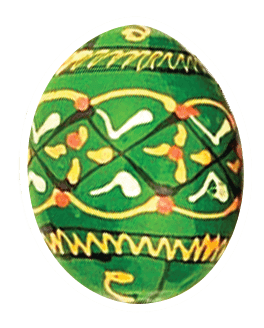What I enjoy about WaterFire is the re-figuration of our city. While I am in no way averse to the charms of twinkling water, blazing logs, jumping sparks and murmuring music, it is the simultaneous estrangement and re-discovery of Providence’s core topography that catches my imagination. At the surface this is a matter of street closures, service diversions and schedule revisions that re-wire my relationship with the city. Whether my plans include a night by the river, or just a tangent journey across the city, I plan, drive, park, walk, meet, look differently. The contour of the city is changed and my posture changes too. Just as the act of smiling induces the release of the endorphins that give us reason to smile, and thereafter, to recall places and events with pleasure, the WaterFire transformation persists in my vision, and in the subconscious patterns that shape my routine encounters with the city long after the braziers, banners and stages are magicked away and the anonymity of the status quo re-asserts itself.
Such transformative powers — unleashing the secret lives of cities — have long been associated with festival days, when parades, pageants, street theatricals, and spectaculars have held the city in their thrall. Indeed, the medieval fairs that epitomize such urban spectacle were seen as such a threat to civil order that they were held beyond the walls, but created as temporary twin cities. Tents and booths were set out to form streets and squares, and serviced with every amenity for business and entertainment, even including temporary courthouses, which extended the host city’s guarantee of law and equity into the world of transience inhabited by traders and travelers. The permanent city and the ephemeral city stood side by side as habitable evidence of the reconciliation of the duality of city life itself, the twin promise of the city as a stable mechanism and as a spontaneous organism, a tension satirically explored in Ben Johnson’s Bartholomew Fair.
Like the fairs, WaterFire has developed a parallel urban infrastructure of artifacts and institutions to present a transformative mirror-city, one which temporarily diverts our steps, and yet permanently diverts our vision. All the more remarkably this vision is embraced, not beyond the city’s walls, but at its very heart.
Gavin Hogben is a practicing architect who teaches at Yale University and lives in Providence.









